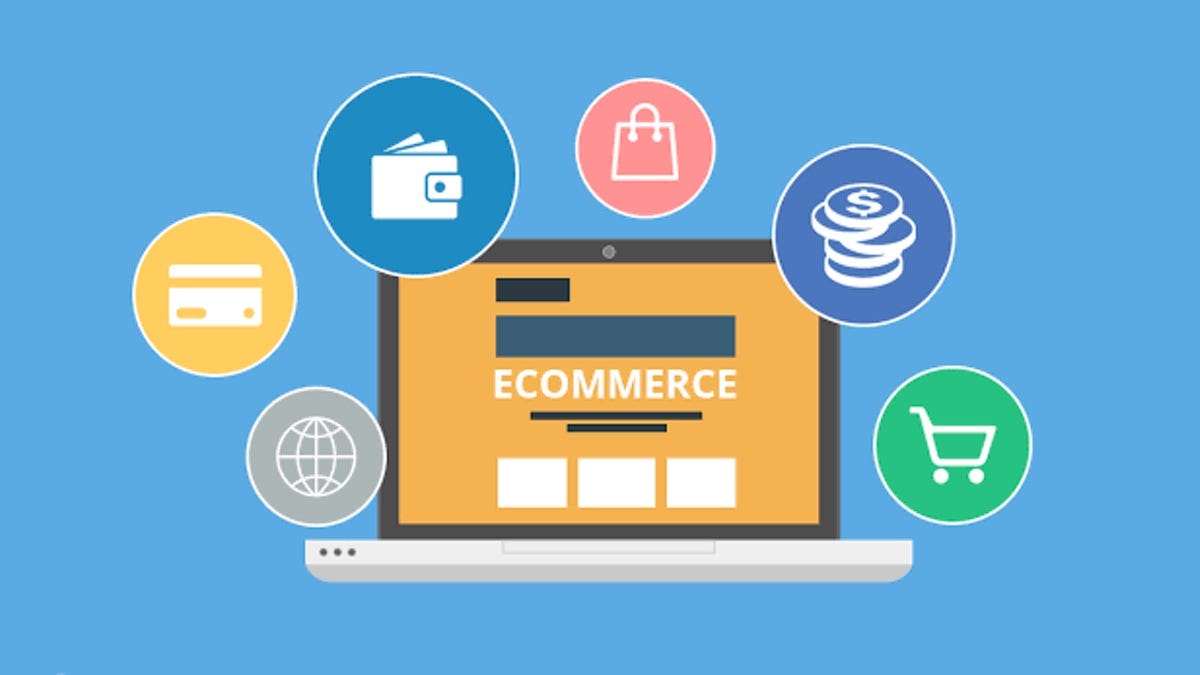
Effective online shop window
E-commerce software is a comprehensive suite of tools and applications that enables businesses to create, manage, and grow their online sales operations. It provides the necessary infrastructure and features to sell products or services over the internet.
Key Features of E-commerce Software:
- Storefront Design: Tools to create and customize the online store’s visual appearance, often with drag-and-drop builders and pre-designed templates. This includes the layout of product pages, homepages, and other essential sections.
- Product Catalog Management: Features to organize and display products, including adding product descriptions, images, pricing, variations (e.g., size, color), and inventory levels. Bulk uploading and categorization are also common.
- Shopping Cart: Functionality that allows customers to add items they wish to purchase, review their selections, and proceed to checkout. Features like saved carts and abandoned cart recovery are important for conversions.
- Order Management: Systems for processing and tracking orders, managing shipping information, generating invoices, and handling returns or refunds.
- Payment Gateway Integration: Securely connects the online store with payment processors to accept various payment methods such as credit/debit cards, digital wallets, and other online payment options.
- Inventory Management: Tools to track stock levels, manage inventory across multiple sales channels, set up low-stock alerts, and prevent overselling.
- Customer Management: Features to manage customer data, track purchase history, segment customers for targeted marketing, and provide customer support.
- Marketing and SEO Tools: Includes features to promote the online store, such as email marketing integration, social media connectivity, tools for search engine optimization (SEO) like managing metadata and creating SEO-friendly URLs, and options for creating discounts and coupons.
- Analytics and Reporting: Provides insights into sales performance, customer behavior, website traffic, and other key metrics to help businesses make data-driven decisions.
- Mobile Optimization: Ensures the online store is responsive and functions seamlessly on various mobile devices, as mobile commerce is a significant portion of online sales.
- Security Features: Essential for protecting customer data and ensuring secure transactions, including SSL certificates and compliance with payment industry standards.
Types of E-commerce Software:
- SaaS (Software-as-a-Service) Platforms: These are hosted solutions where the provider manages the software and infrastructure. Examples include Shopify, Wix, BigCommerce, Squarespace, and Volusion. They often offer ease of use and scalability.
- Open-Source Platforms: These platforms provide the source code, allowing for extensive customization. Examples include WooCommerce (a plugin for WordPress) and Magento (Adobe Commerce). They offer flexibility but may require more technical expertise.
- Headless Commerce Platforms: These decouple the front-end (what the customer sees) from the back-end (the e-commerce functionality). This allows for greater flexibility in creating unique customer experiences across various touchpoints. BigCommerce and Commercetools offer headless options.
- Marketplace Platforms: While not strictly software for a single store, platforms like Amazon, eBay, and Etsy provide the infrastructure for many businesses to sell online.
It’s crucial for businesses to carefully evaluate their needs and compare the features, pricing, and support offered by different e-commerce software providers to make an informed decision.
